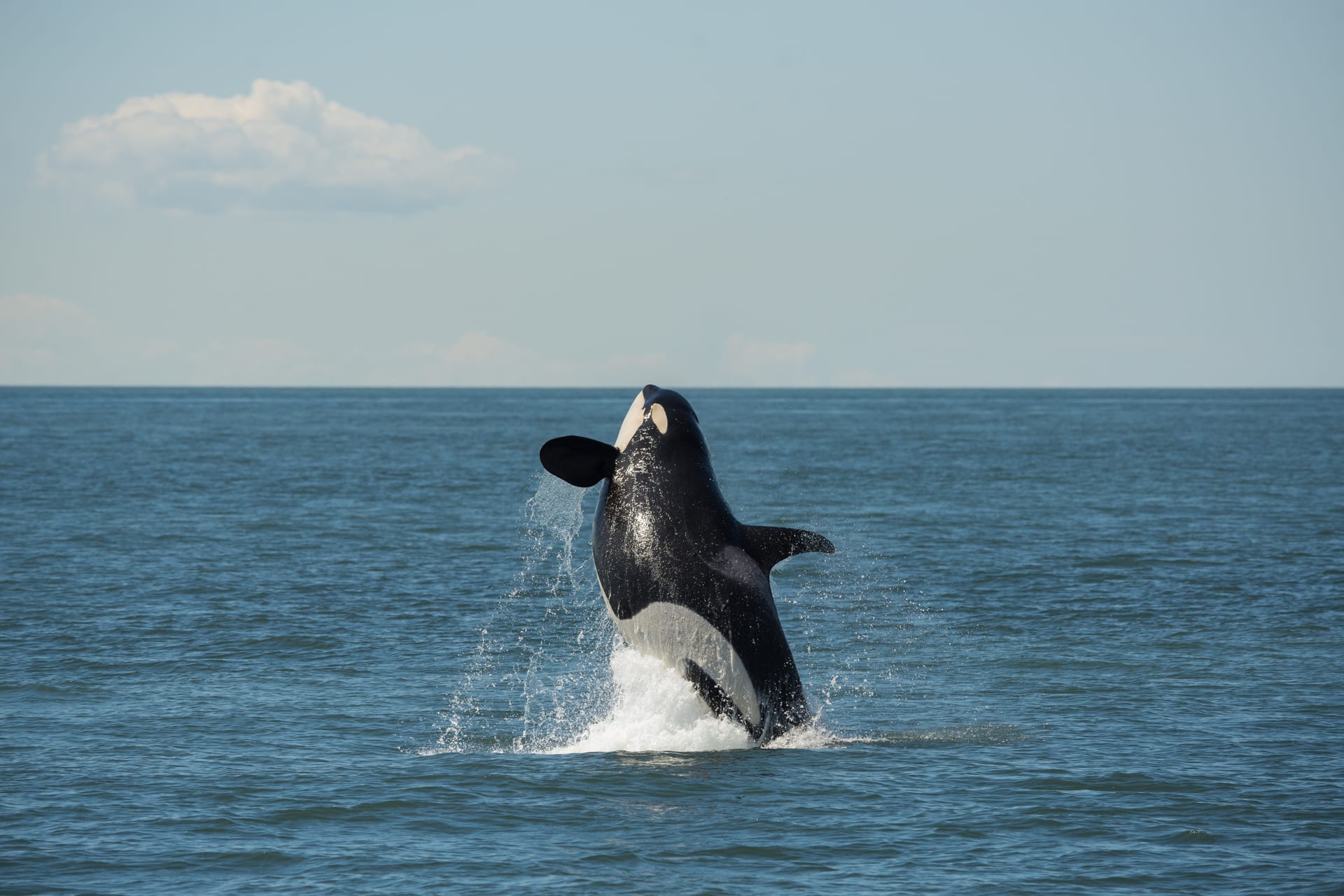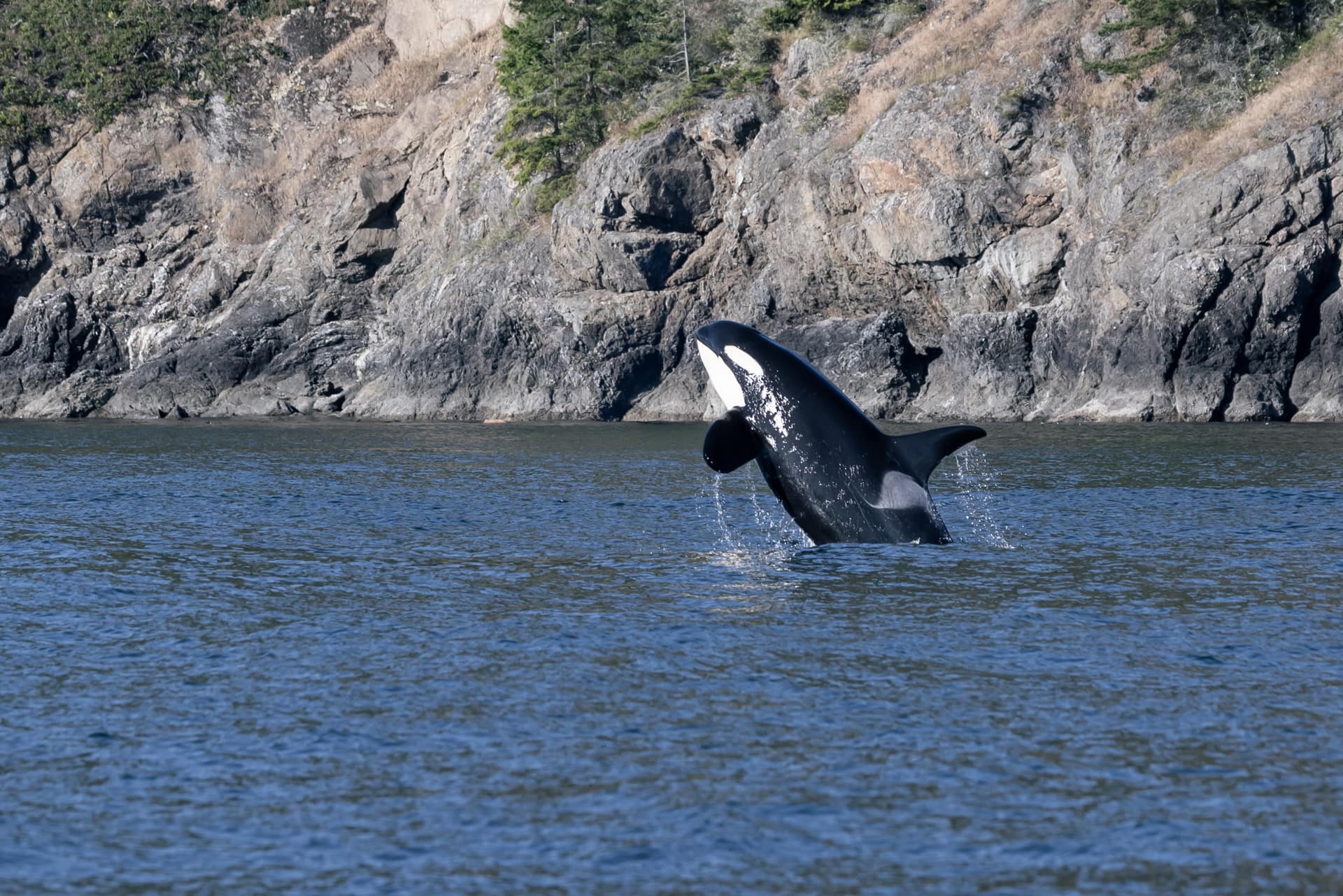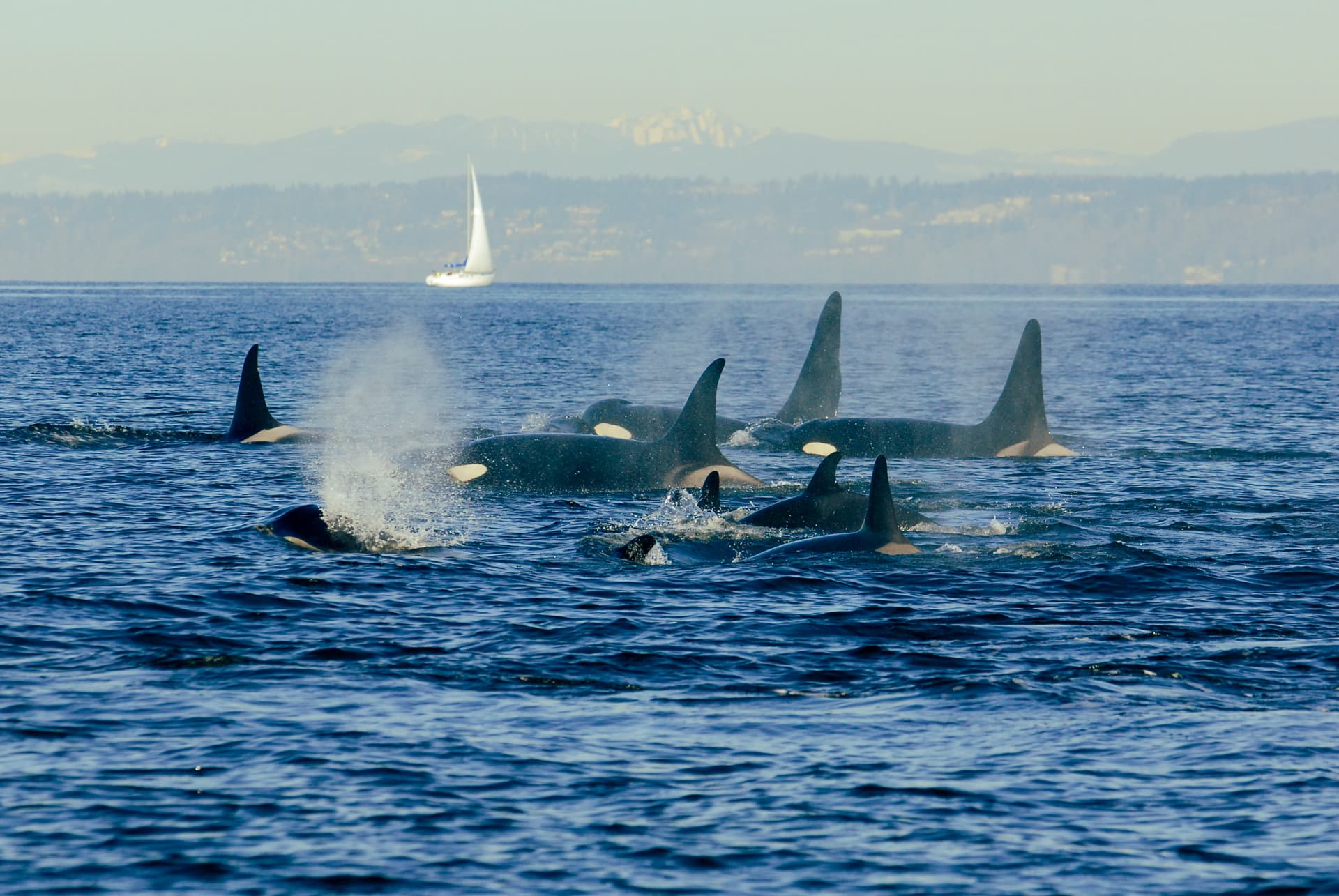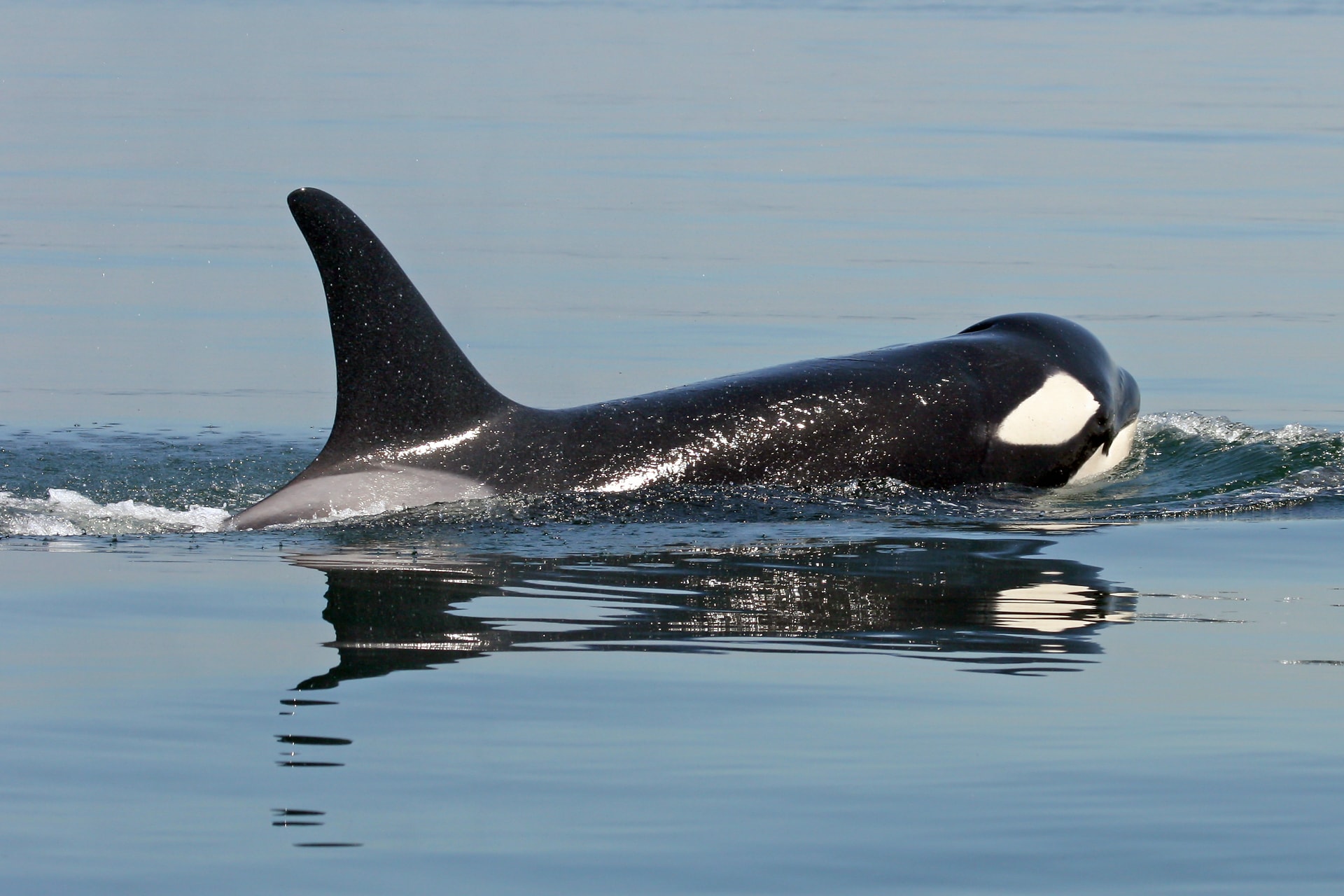
In 2018, Washington State Governor, Jay Inslee, created the Southern Resident Orca Task Force, to establish the best actions to take—immediately, and over the long term—”to ensure a healthy and resilient ecosystem that supports a thriving Southern Resident Orca population, and prevent its extinction.”
Over the following 18 months, there were several opportunities for the public to weigh in, and over 17,000 comments were received—demonstrating a strong emotional connection to these icons of the Pacific Northwest.
A recently published study from Oregon State University analyzes these comments (using Natural Language Processing) to find words that represent 8 emotions: joy, trust, fear, surprise, anger, sadness, anticipation, and disgust. The research adjusts for tone and identifies all associated words to interpret meaning within the specific context of orca conservation.
Trust—perhaps surprisingly—is the most frequently identified emotion throughout all the comments received. The researchers interpret that this shows the public expressing trust that—if the right actions are taken—there is still time to save these orcas.
This trust was frequently assigned to Gov. Inslee, which the researchers suggest shows the power of his office, and therefore the capacity to instruct others to take action to improve, or resolve the issues impacting these endangered orcas.
Anticipation and fear are the next most frequently expressed emotions. Words used reflect the urgency of the situation—often demanding that action be taken now—and stating that the time for ongoing research and discussion is over. These comments are supported with reference to the vast amount of research in the public domain, such as the impact dams have on salmon habitat, the lack of Chinook salmon, and the problems caused by ocean pollution and noise.
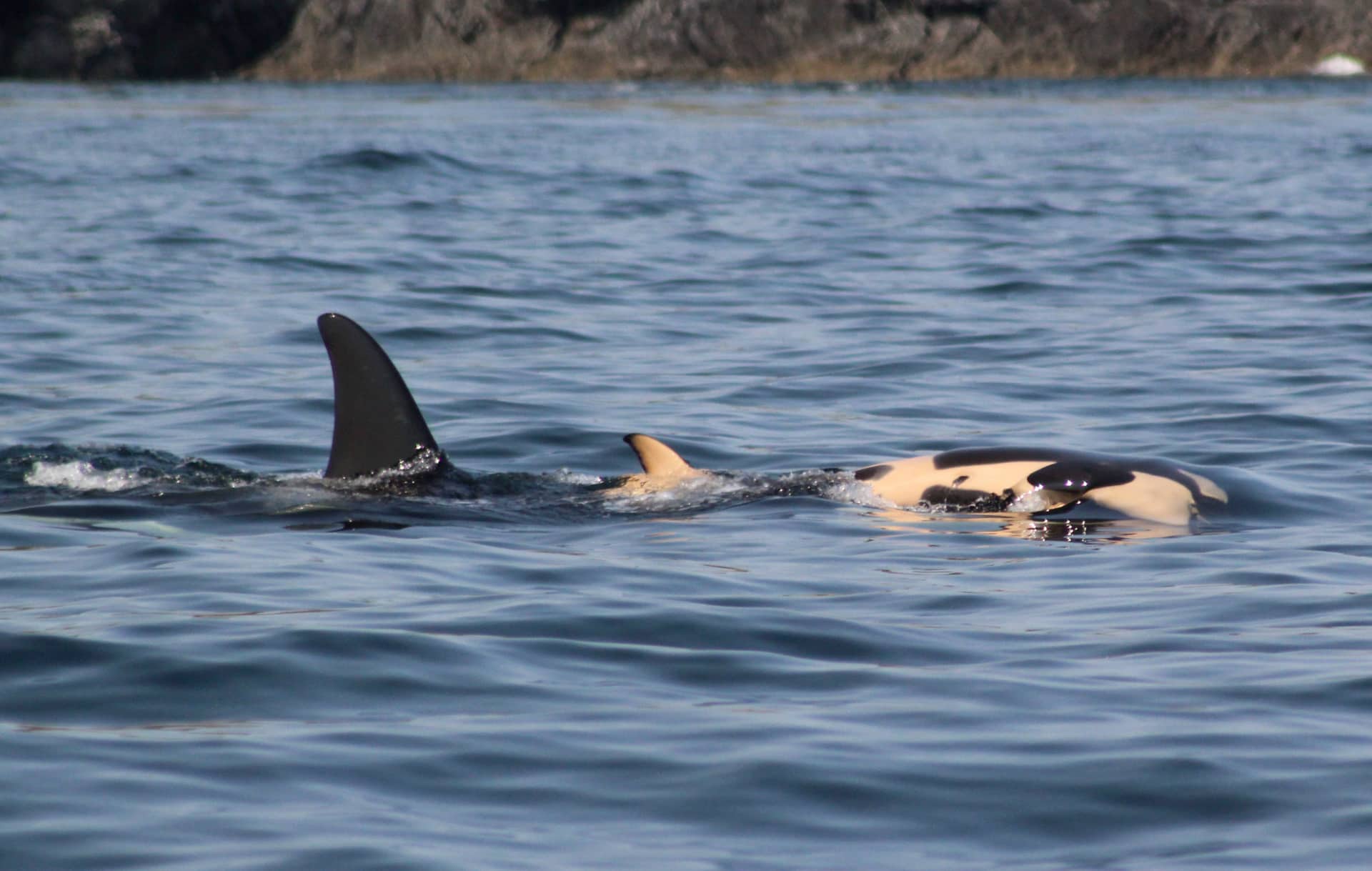
J35, Tahlequah, pushed her dead calf for 17 days.
Expressions of fear appear linked to events highlighted in media coverage during the Task Force meetings, such as the heartbreaking ‘tour of grief’ of J35, Tahlequah—carrying her deceased infant over a thousand miles in 17 days—as well as the unexpected deaths of two young orcas that year: L92, Crewser, a prime-age male who went missing aged 23, and four year-old female J50, aka Scarlet, whose slow deterioration played out for weeks in public view, with unprecedented efforts to provide food and antibiotics both failing.
Comments discussing the perils these orcas face understandably evoke emotions of sadness, anger, and even disgust. However, anger and disgust is frequently tempered when requesting urgent action—“before it’s too late”—then sadness becomes the dominant emotion. In contrast, many comments express the personal connections to these orcas; conveying emotions of joy about their beauty, and their iconic status, and special place in the hearts of Washington State residents.
OSU researchers believe conservation managers could use a process such as this, to more easily digest large volumes of information (such as those received when written comment is requested). Understanding sentiment and emotion can be helpful in understanding which types of management action might be supported, or rejected.
“Emotions are intertwined in our decision-making, often playing a substantive role in public evaluations of conservation policies,” said Kelly Biedenweg, an author of the study and an assistant professor at Oregon State, who studies psychology in the field of conservation. [These comments] “had such a high combination of trust and fear and sadness, that actually is the perfect combination for implementing more conservation-based strategies because in that emotional state people are more willing to take protective actions. Whereas if people were angry, that would be a bad time to implement those protective conservation strategies.”
The study shows that while mixed emotions were found within these 17,000 public comments, trust was the dominant emotion, frequently accompanied by anticipation and fear.
The findings overall suggest that the public trusts that if the right actions are taken, especially when directed by the Governor, then there is hope the orcas can be saved. However, at the same time, many fear or anticipate delay, with further studies ordered, or that the State will simply be too slow to act.
Continued below...
Fast forward nearly two years, and these fears of inaction seem founded. While state regulations to reduce noise and disturbance from vessels have been introduced, little else has changed within the state’s jurisdiction—such as to improve the whales’ access to more reliable sources of Chinook salmon.
Yet despite the delays and prevarication, it’s still not too late. While the federal government seems set on another 5-year plan to collect more data, perhaps the Southern Residents’ best hope still lies with state governments, who can yet make a difference to improve habitats for the also-endangered prey—Chinook salmon.
We’ll look for every appropriate opportunity to ask Gov. Inslee to take the next steps towards fulfilling the Task Force goals, and re-gaining the trust of all those who hope for a secure, healthy future for these much-loved orcas of the Pacific Northwest.



